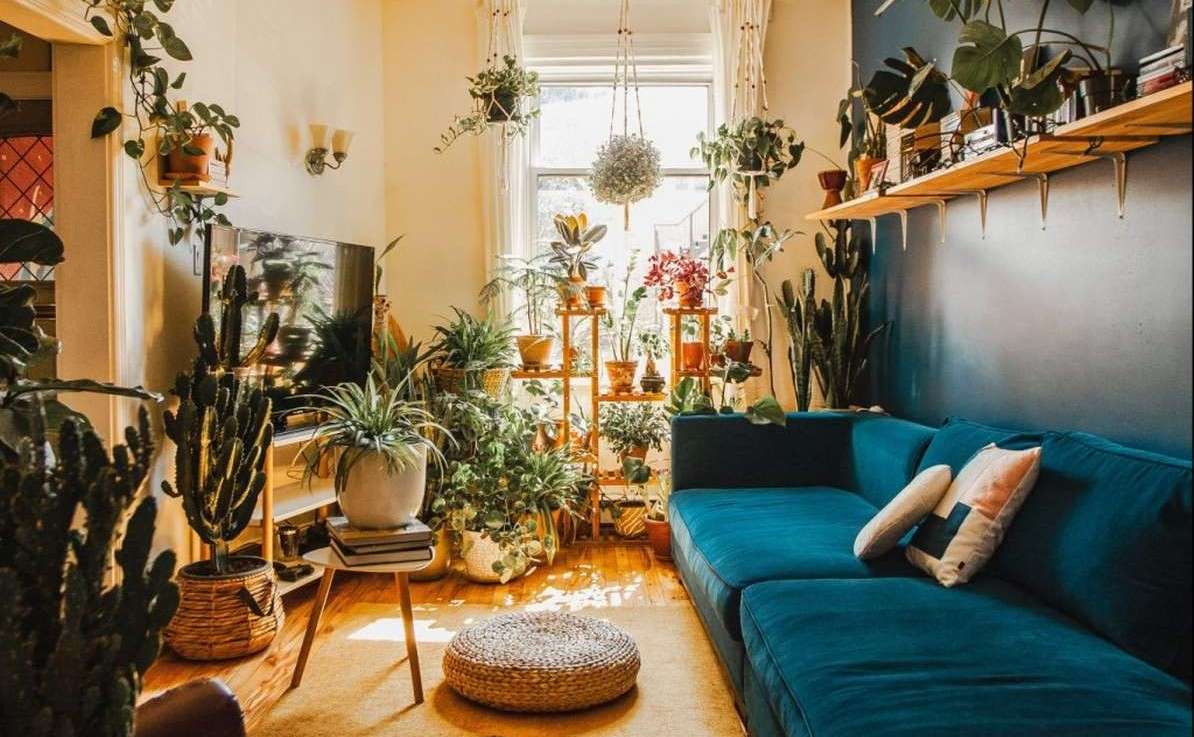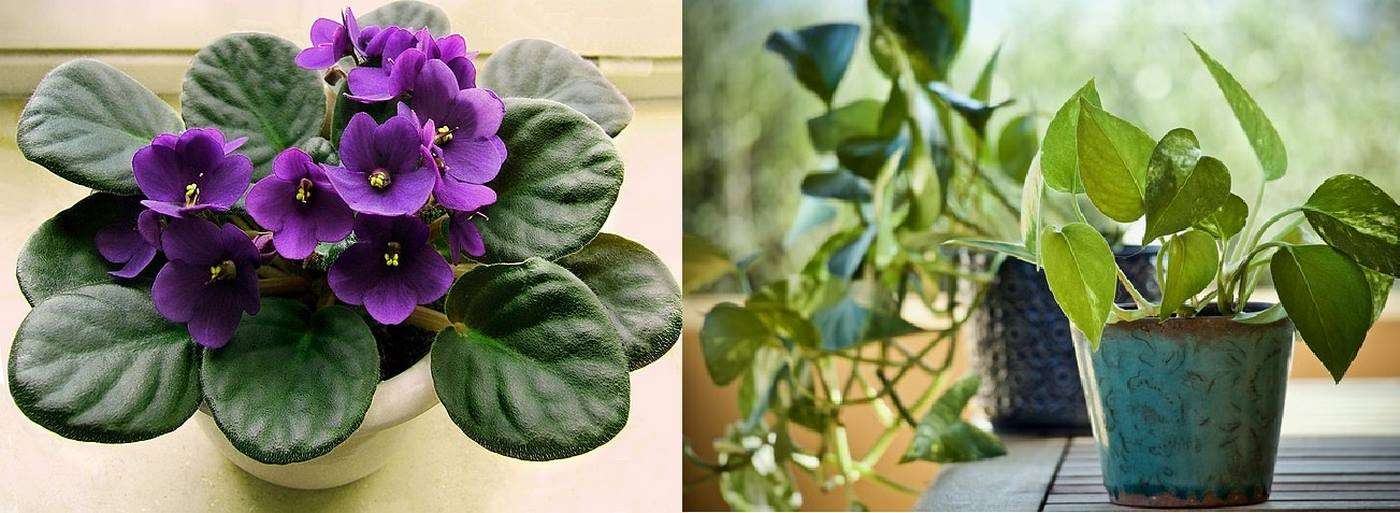One of Britain's Oldest and Greatest Oak Trees Gets $7,000 Hug from Community
A 700-1,000-year-old sessile oak, known as the Capon Tree, was awarded a grant of £7,000, or around $8,500, for a caregiving regime

Plants are well-established partners that when brought indoors can help alleviate stress, and purify the air, and are well worth the constant watering.
However, a new study from Australia found their beneficial properties may not yet be fully established, since it could be that our leafy brethren have the power to remove viruses that cause cold and flu from the air.
At the moment the authors are calling it a proof of concept, and shouldn't be taken as a confirmation of causation, but their findings are pretty compelling.
When absorbing sunlight, plants produce a biochemical that is a common sight among home first aid kits—hydrogen peroxide. This caustic chemical is used for disinfecting wounds and bleaching hair, but it was found to be spontaneously present in microscopic water droplets floating through the air in rooms with house plants.
Hydrogen peroxide was found concentrated in water vapor emerging out of the leaves of the house plants, which if bound with floating water vapor containing a flu virus, could very well sanitize it.
"This is a very good proof-of-concept study on whether plants can help disinfect air," said Kristian Dubrawski, of the University of Victoria. "Our results have potentially major implications for the role of plant-mediated atmospheric cleansing, climate change, and urban and indoor air quality."

African violets (Saintpaulia Ionantha) produced the most hydrogen peroxide of the samples they tested, followed by Devil's ivy (Epipremnum aureum).
The authors detail in their introduction that the mechanism for hydrogen peroxide leaving the plants through transpiration is not well understood. Most of the water which plants get is used in the photosynthesis process during which it exits through the leaves as water vapor.
They further detail that this doesn't just carry relevance for those who like a bit of nature in their apartment, but for the discussion of climate as a whole, since almost all plants transpire, most plants on Earth contribute to hydrogen peroxide concentrations in the atmosphere.
"In this study, we report the first findings of hydrogen peroxide production via transpired [exhaled] water vapor, and show that, surprisingly, all transpiring plants are likely contributing to local, and thus global, atmospheric hydrogen peroxide concentrations," they write.
"Hydrogen production by plants may have implications in indoor air quality (such as hospitals); high-density regions (such as megacities) and rural regions impacted by forest fires. Our work further implicates plants as a viable nature-based solution for air quality improvement and to defend against pathogenic outbreaks of infectious diseases."
SHARE This Plant Power With Fellow Homemakers…
Be the first to comment